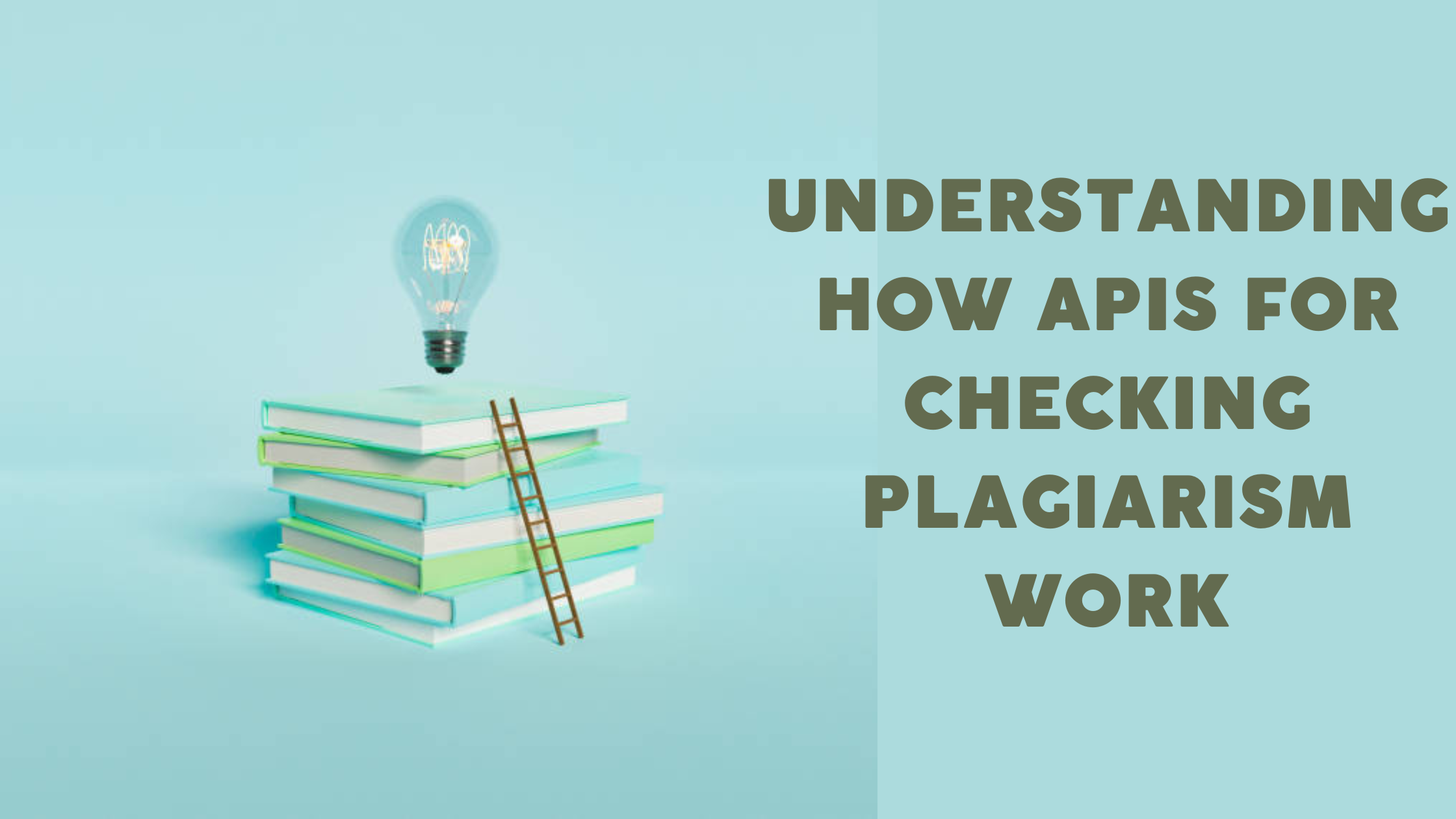Do you wish to find out if a piece of text is plagiarized? Use this API to help you identify duplicated material!
The practice of representing someone else’s work as your own is known as plagiarism. It actually has a lot more subtlety than that, and you might be astonished to find how many distinct types of plagiarism there are. That is simply the most basic description.
You are aware of the existence of the anti-plagiarism policy as a student or media content. Additionally, individual professors may have their own procedures for handling incidents of plagiarism. Plagiarism is a serious infraction that may result in you losing points for the copied work, being placed on academic probation, or even being suspended or kicked out of your program or institution.

Understanding what plagiarism is and how to properly acknowledge sources is the best approach to prevent being accused of (or unintentionally doing) it whoever’s writing you cite in your own writing.
When a writer tries to claim the work of another writer as their own, this happens. But plagiarism is more than just that. Another instance of plagiarism is when a writer uses a passage from another author’s work while failing to provide due credit to the original author. Even writers are capable of copying their own work.
There are several reasons why plagiarism should be avoided. It’s untrue, to start with. Simply put, passing off someone else’s writing as your own is a form of dishonesty. You don’t learn anything by using another person’s work without giving credit, which is another reason to avoid plagiarism.
When your professor gives you an essay, they want you to make a sincere attempt to connect with the material, use critical thinking techniques, and show that you can successfully grow. So, let´s us show you this three options with plagiarism detector:
Plagiarism Checker API
It is straightforward to determine whether or not an article includes copied material thanks to a Zyla Labs program called Plagiarism Checker. Your material won’t have ever been published before, thanks to this assurance. Essentially, by checking for plagiarism in writing, you can be sure that none of your own works include previously published information. This API may be used to create a real-time plagiarism checker or a detector that returns results instantly.
Check to see if any of your content writers are using the same language to ensure that all of the material you post is original and not taken directly from other websites. Additionally, keep an eye out for occasions in which web pieces have cited one of your blogs.
CopyLeaks
Thanks to Copyleaks‘ API solution, any business may quickly integrate our plagiarism detection system into their own platform. The platform is speedy, safe, and easy to use. Using the plagiarism detection API, your business may check original, related, and paraphrased content, and you can receive thorough results fast and securely. The solution is fully branded with your brand and tailored to your ecosystem.
Unicheck
Data from Unicheck syncs with your application extremely quickly. To do this, just register your URL and choose the Webhooks you want. When something occurs at that URL, we’ll email you to let you know. Webhooks work regardless of how many users are using the program. a comprehensive method for educational institutions to spot text changes and similarity and prevent works from being created by other people. available through the LMS as a standalone solution through the API.




